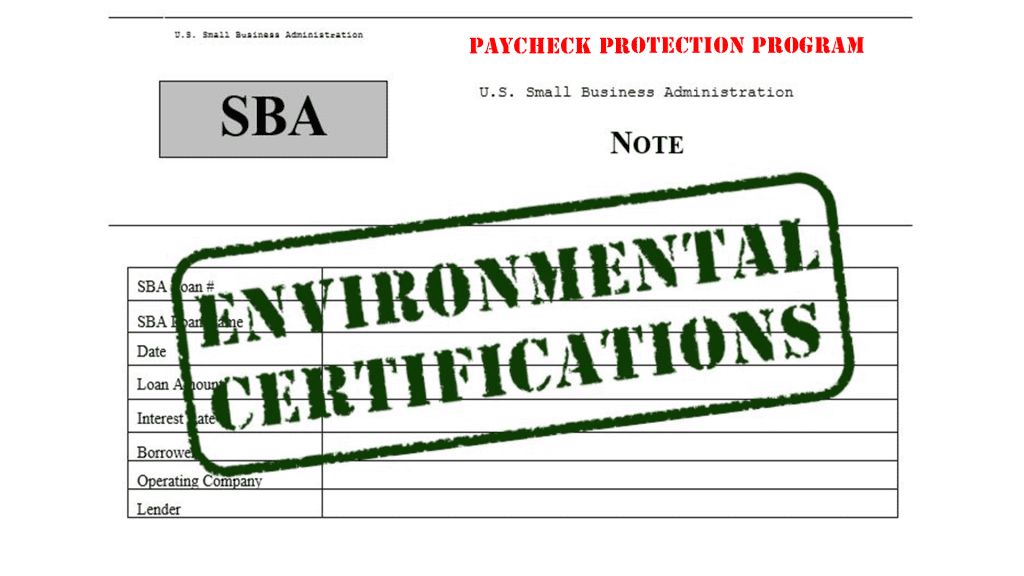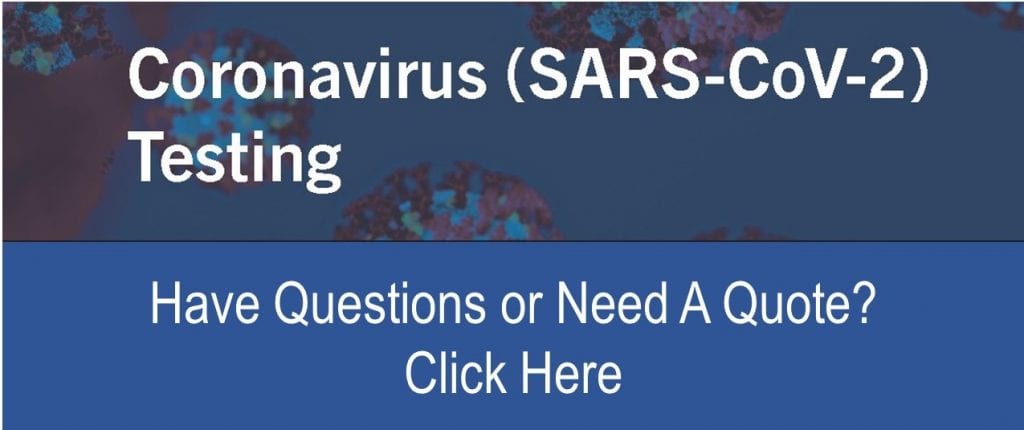Ambipar Response EMS We have three fully-staffed offices to support our clients throughout the eastern United States. Our diversified personnel of professional engineers, geologists, scientists, regulatory specialists, and technicians will provide you with unique evaluation and resolutions based on each specific circumstance and your desired outcomes, while monitoring Federal and state environmental regulations.
We have three fully-staffed offices to support our clients throughout the eastern United States. Our diversified personnel of professional engineers, geologists, scientists, regulatory specialists, and technicians will provide you with unique evaluation and resolutions based on each specific circumstance and your desired outcomes, while monitoring Federal and state environmental regulations.
Recent Posts
-
What is the Lifespan of an Underground Storage Tank?
August 26, 2022
-
Replace USTs or Switch to Electric
July 29, 2022
-
Private Utility Mark Outs: Explained
April 29, 2022
Contact Us
Search


